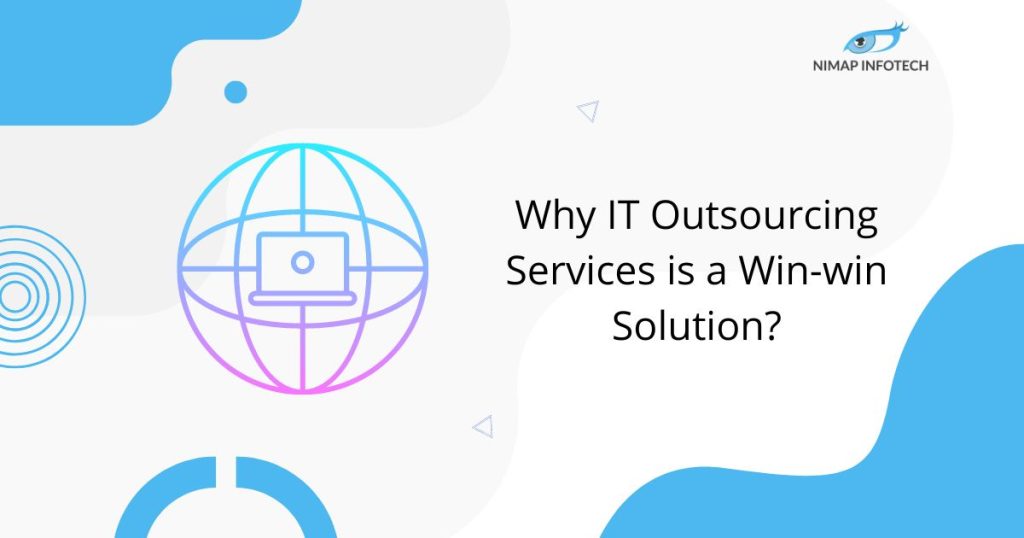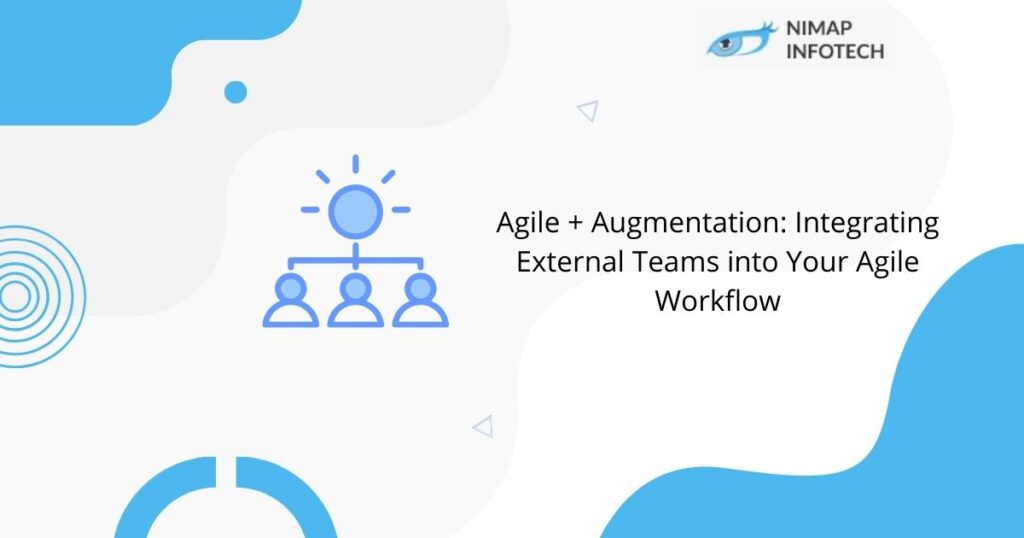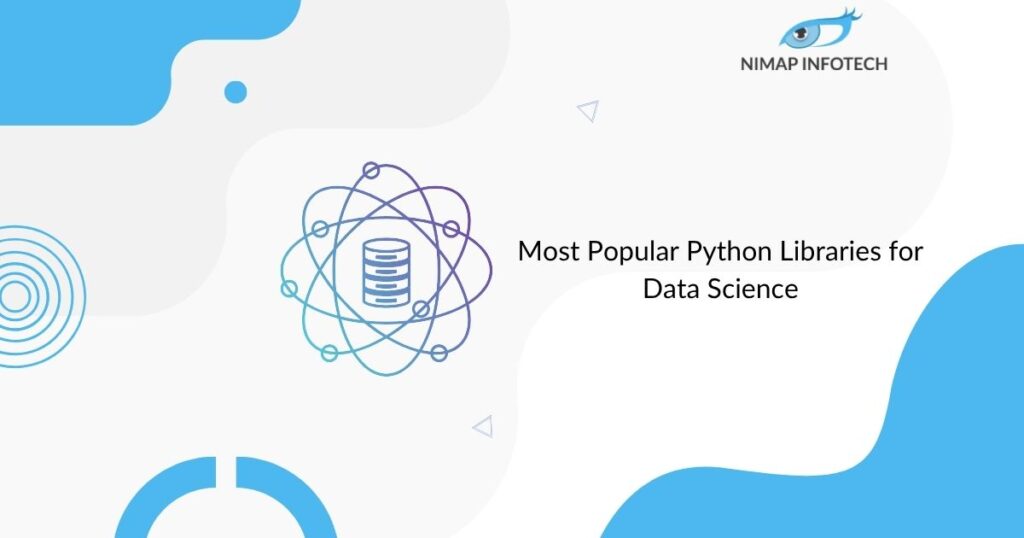- Performance
- Scalability
- Applications
- Execution
- Libraries
- Code Readability
Presently we should get everything rolling. Before we find time to compare Golang versus Python, let me give you a short prologue to both these dialects.
What is Golang?
Golang, otherwise called Go, is a PC programming language created by Google. Its improvement started in 2007 at Google, and it was acquainted with the general population in 2009. Go’s three lead engineers at Google were Robert Griesemer, Rob Pike, and Ken Thompson. They put out with an objective to make a language, approximately dependent on the linguistic structure of the C programming language, which would take out the “incidental trash” of dialects like C++.
Therefore, Go instills many elements of other current dialects, for example, technique and administrator over-burdening, pointer number-crunching, and type legacy. The item, eventually, was a statically composed language with a refined and incredible library, and unparalleled execution and speed! Get more familiar with go.
That was sufficient with regards to Go! We should talk a smidgen about Python now.
What Is Python?
Thus, Python is a universally useful programming language, which is simply one more method of saying it tends to be nearly utilized for anything. It was made by a Dutch software engineer Guido van Rossum and was first delivered in 1991. The main part of
Python is that it is a deciphered language, which implies that the composed code isn’t really mean a PC discernible organization at runtime; most programming dialects do this transformation when the program is being ordered. This kind of language is likewise alluded to as a “prearranging language” since it was at first intended to be utilized for trifling tasks. Look into Python. You can Hire Python Developer if you are looking for Python App Development.
Alright, so since I’ve given you folks a harsh prologue to these two dialects, we should get down to looking at them.
Detailed comparison of Go vs Python programming languages:
-
Golang vs Python: Performance-
In the raw processing and execution tests that we conducted, we found out that Go beat python with a decent margin. The performance of Go language was found far superior to that of python.
-
Golang vs Python: Scalability-
Today fabricating an application that is really adaptable is a masterpiece. Assuming that things don’t scale it’s only negative to the reason for business. Golang was created as a language remembering this very thing. The entire motivation behind Golang was to help engineers at Google to take care of issues which are at the size of Google, that fundamentally includes huge number of developers working on enormous server programming facilitated on a great many groups.
This is the reason Golang has an inbuilt help for simultaneous interaction diverting, for example simultaneousness. Python, then again, has a truly difficult time with simultaneousness however can carry out parallelism through strings.
How about we comprehend the distinction among simultaneousness and parallelism.
-
Simultaneousness and Parallelism-
Simultaneousness implies an application gaining ground on more than one undertaking (simultaneously). All things considered, assuming the PC just has one CPU, the application may not gain ground on more than one assignment at the very same time. However more than each undertaking being handled in turn inside the application. It doesn’t totally complete one responsibility before it starts the following.
Parallelism implies that an application separates its undertakings into more modest subtasks which can be handled in equal, for example on various CPUs at precisely the same time.
So clearly a language that innately has support for simultaneousness is the ideal language for large, adaptable projects.
We should feel free to look at these two dialects based on their application now.
-
Golang vs Python: Applications-
There won’t be an unmistakable victor in this segment in light of the fact that each programming language has a particular reason. For instance, Javascript chiefly utilized for web advancement. Essentially, Python- broadly utilized in the field of information investigation, man-made brainpower, profound learning, and web advancement. This can be for the most part credited to the crazy libraries that are accessible in Python that make life in the said fields a ton simpler.
Golang, then again, for the most part utilized for frameworks programming. Because of its help for simultaneousness, it has additionally tracked down a liberal measure of utilization and acknowledgment in the distributed computing or group figuring field. Golang has likewise seen a great deal of appreciation and use in web improvement because of its incredible and simple to utilize libraries, which permit you to set up a web server surprisingly fast. You all ought to look at my Golang instructional exercise assuming all of you need to learn such cool stuff in Go.
-
Python vs Golang: Execution-
Presently, how about we analyze how Go code and Python code executed. So most importantly, Python, a powerfully composed language and Golang, a statically composed language. Python and Go utilize a translator and a compiler individually.
Basically, what I mean to say ” due to Python’s characteristic to be dynamically typed language. It kind of limits the programmer. When he intends to build a really big programme,” while Go can handle both types of programmes with finesse.
Now let’s get on to libraries.
-
Golang vs Python: Libraries-
Libraries are the gift to engineers since it makes our lives simpler. In this way, having a phenomenal library for a programming language is pivotal. For this situation, Python certainly takes the cake in the sheer measure of libraries that are accessible.
There are bundles like Numpy that assist you with cluster taking care of and complex grid capacities, Tensorflow and Scikit Learn for Deep Learning, OpenCV for picture handling, Pandas for Data Analysis, matplotlib for perception, and the rundown continues forever. Truly, assuming Python known for a certain something, must be its crazy library.
However, this doesn’t mean Go misses the mark. At the point when Go was in the makes, Google picked the main libraries as a piece of their inbuilt Go libraries.
While the number’s not as rambunctious as Python’s, the utilization fields covered practically something very similar. They have crazy libraries for web improvement, information base taking care of, simultaneous programming, and encryption as well.
Presently how about we get to the last mark of examination, which is coherence!
-
Golang vs Python: Readability-
At the point when you’re fostering some product for a customer. You are by and large going to function collectively with ten or even many different engineers. At such critical points in time, turns into a central point to be thought about.
Presently a ton of all of you may be feeling that Python without a doubt takes the cake here yet I have an alternate assessment so listen to me. Initially Python sure has incredible coherence, however as I would like to think, they try too hard in some cases. In Python, there are presumably 10 unique ways of saying exactly the same thing which typically prompts disarray at whatever point code is huge or individuals dealing with the code are en masse.
Then again, Go accompanies severe guidelines with regards to programming. It doesn’t permit importing of pointless libraries or superfluous factors. This implies there is a clear method for playing out an errand which prompts a superior comprehension of code among enormous gatherings.
Some of you might say that the flexibility of code endures a shot, however who truly thinks often about adaptability particularly with regards to center programming? Golang’s sentence structure likewise significantly less well disposed to novices yet it’s not quite so unforgiving as something like C or C++. So for lucidness of code, I will go with Golang.
Read More: Python Mobile Development: When And Why to Build Your App?
Features of Golang:
1. Its Simplicity:
Go has a clear and concise syntax, making it simple to learn and understand. The language has few fundamental features and avoids elaborate and confusing constructions that might cause misunderstanding and make coding more difficult. Golang is simple to understand once you start using it. Additionally, even large Golang code bases are easy to comprehend line by line.
2. Powerful Standard Library:
Golang has a robust standard library that covers a wide range of operations. From text manipulation to web server frameworks, without the need for extra dependencies. As part of Golang’s concurrency features, Goroutines and channels are available, Concurrency makes good use of multiprocessor architecture. Concurrency also aids in scaling large applications more reliably. Some notable examples of Go projects include — Docker, Hugo, Kubernetes, and Dropbox.
3. Concurrency in Golang:
Go contains built-in concurrency tools that allow you to easily construct multi-threaded applications. It includes the go routine and channel constructs, which enable developers to build concurrent code in an efficient and legible manner.
4. Web Application Development:
Golang is a popular programming language for developing web apps. Its standard library contains various web development packages, notably the net/http package, which offers utilities for creating HTTP servers. Golang has gained popularity as a web application development language due to its simple constructs and faster execution time.
5. Testing:
Go has a built-in testing infrastructure that makes it simple to design and execute tests for your applications. The testing package includes utilities for creating tests and generating test results. As well as seamless integration with the go build system. To keep any software reliable, testing is required; whenever you write code, include a test function alongside the real function.
6. Compilation Speed:
Go has a rapid compilation speed, allowing you to swiftly develop and iterate on your applications. This is especially useful in development, as quick build times may make a significant difference in productivity. It is possible to parse Golang without a symbol table, as Golang and its compiler were designed with speed in mind.
Features of Python:
1. Object-Oriented:
Object-oriented language is one of the essential features of Python. This implies that it constructs programmes using object encapsulation and classes. This facilitates the creation of reusable and modular code.
2. Simple to Code:
Python has a straightforward and legible syntax, making it a perfect language for novices. Its syntax is simple, making huge projects easy to develop, debug, and manage. Because it is a programmer-friendly language, one may swiftly advance from the basics in a few days.
3. Free & Open Source:
Python is a free programming language, which implies that users may access its source code, alter it as needed, and distribute it as they see fit. The official website also provides download options, as it is open-source, which means that the source code is also accessible to the public. You can download it, use it, and share it.
4. Interpreted language:
Python is a high-level and interpreted language abstracted from low-level hardware specifics. It is also an interpreted language, meaning that the code is run line by line rather than being compiled. Unlike other programming languages, Python code is run line by line, making it easy to debug our code. Since Python’s source code is converted into a quick form called bytecode, making it an interpretable language. Python is considered an interpreted language, as Python code runs line by line at a time.
5. Multiple programming paradigms are supported:
Python supports a variety of programming paradigms, including functional, procedural, & structured programming. As a result, it is a flexible language that may be used for a wide range of applications.
6. GUI Programming:
Python has a number of libraries and tools for GUI programming, including Tkinter, PyQt, and wxPython. These facilitate the development of graphical user interfaces for desktop applications. PyQt5 is the most popular Python graphical app development framework.
7. Extensible Feature & Portable language:
Python is extensible and portable, and it can be expanded by writing C/C++ code. Making it simple to leverage low-level system functions. It is also portable, which means that code created on one platform will run on any other platform that supports Python.
8. Large Standard Library:
Python has a huge standard library that contains modules for various programming activities such as connecting to websites, reading and writing files, and working with data.
Learn More: PHP with Laravel or Python with Django, which is best for web development?
Go VS Python- Direct Comparison
| Go | Python |
| Go paradigms are Procedural, functional and concurrent language. | Python paradigms are object-oriented, imperative, functional, and procedural language. |
| Statically typed language | Dynamically typed language |
| More focused on being a system language. | More focused on writing web applications. |
| Go also deals with memory management. | Offers memory management. |
| Go syntax is based on the opening and closing braces. | Python syntax uses indentation to indicate code blocks. |
| Go web programming offers a smooth debugging process. | Python is dynamically-typed, meaning that it checks for bugs at run-time. |
| Offers limited support for Object Orientation and functional concepts | Object-Oriented programming, which supports functional concepts |
| Does not provide exceptions. | Python supports exceptions. |
| Go does not support object-oriented programming. Therefore it doesn’t have classes and objects. | Python has classes and objects. |
| Does not support inheritance. | Python supports inheritance. |
| Ideal for system programming. | A popular language which is used for solving data science problems |
| More verbose compared to Python. | Less verbose compared to Go language. |
| Supports concurrency. | Doesn’t have any in-built concurrency mechanism. |
| Go language is more focused on being a system language. | More focused on writing web applications. |
| Go needs more code to perform the same number of actions. | Requires or needs fewer code compares to Go. |
| Go execution is fast | Python is slow compared to Go. |
Also Read: Why Use Golang For Mobile App Development?
Conclusion
So as you folks see, Golang certainly has the advantage much of the time and trumps Python as a programming language as I would see it. Sure it probably won’t have the notoriety that Python has collected over such a long time and the development of the web, yet Go is most likely making up for lost time in that perspective as well. If you are looking to Hire Golang Developer then do contact us.
Try not to concur with me? Explain to me why in the remark area beneath. That is it for this correlation for the time being!
Author
-

Sagar Nagda is the Founder and Owner of Nimap Infotech, a leading IT outsourcing and project management company specializing in web and mobile app development. With an MBA from Bocconi University, Italy, and a Digital Marketing specialization from UCLA, Sagar blends business acumen with digital expertise. He has organically scaled Nimap Infotech, serving 500+ clients with over 1200 projects delivered.
View all posts









